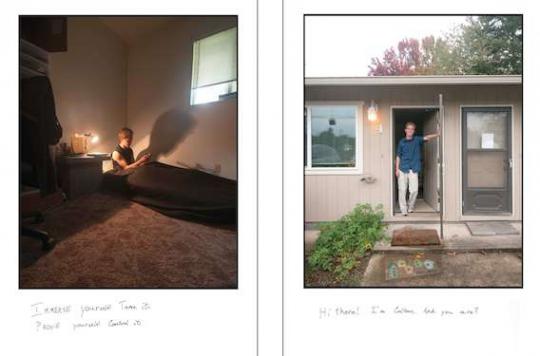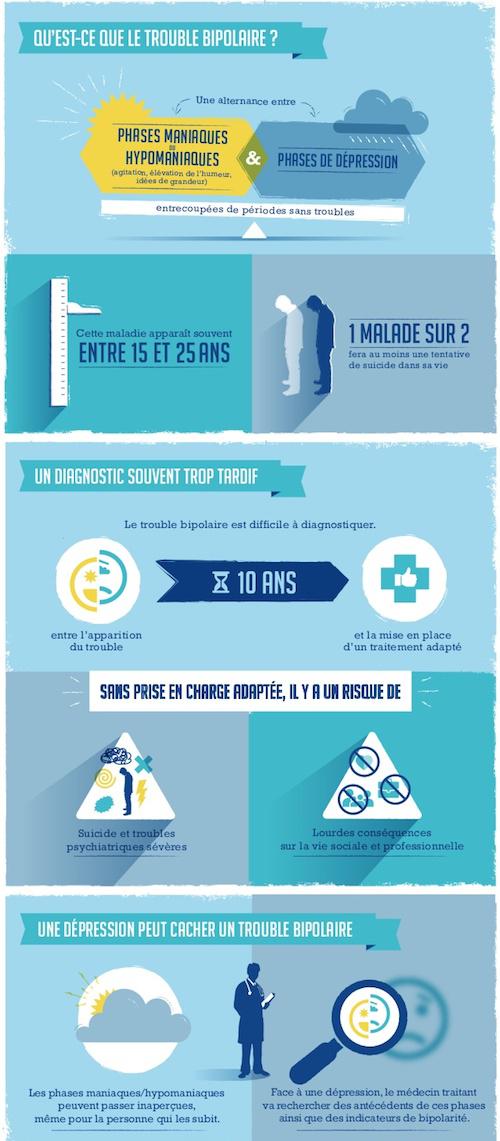The Haute Autorité de Santé wants to bring bipolar disorders out of the shadows. It publishes a practical guide to help doctors diagnose this psychiatric illness earlier.

The sick are more famous than the disease itself, and Vincent Van Gogh is its standard bearer. To say that bipolar disorder suffers from widespread ignorance, including in the medical community, is an understatement. To fight against this state of affairs, the High Authority of Health (HAS) publishes a practical sheet. She takes stock of the characteristics of this psychiatric illness.
Bipolar disorder is among the 10 most disabling diseases in the world according to the World Health Organization (WHO). And yet, its importance is underdiagnosed. On average, it takes 10 years before a definitive diagnosis is made and an effective treatment is put in place, recalls the HAS. Ten long years of alternation between manic and depressive episodes. Ten long years which end in a suicide attempt in half of the cases.
It is to avoid getting there that the Haute Autorité de Santé is publishing a guide for healthcare professionals. The two main objectives are to diagnose and treat earlier, and to develop interdisciplinary exchanges.

Screen adolescents
When dealing with bipolar patients, doctors face several problems. First, the frequency of episodes is not adjusted to the millimeter. Depression tends to dominate manic episodes, which often go unnoticed. But the alternation varies according to the individuals. In addition, there are symptoms which are not always obvious, and which are confused with other pathologies. This explains the long diagnostic wandering.
HAS therefore recommends always considering bipolar disorder when depressive symptoms are diagnosed. Some signs are suggestive, such as a family history, depression occurring before age 25, or a sudden change in mental functioning. But the urgency must be to think about bipolar disorder in adolescents. Because it occurs mostly between 15 and 19 years, that is to say at an age when the signs can be taken for mood swings typical of adolescence.

Source: HAS
.















